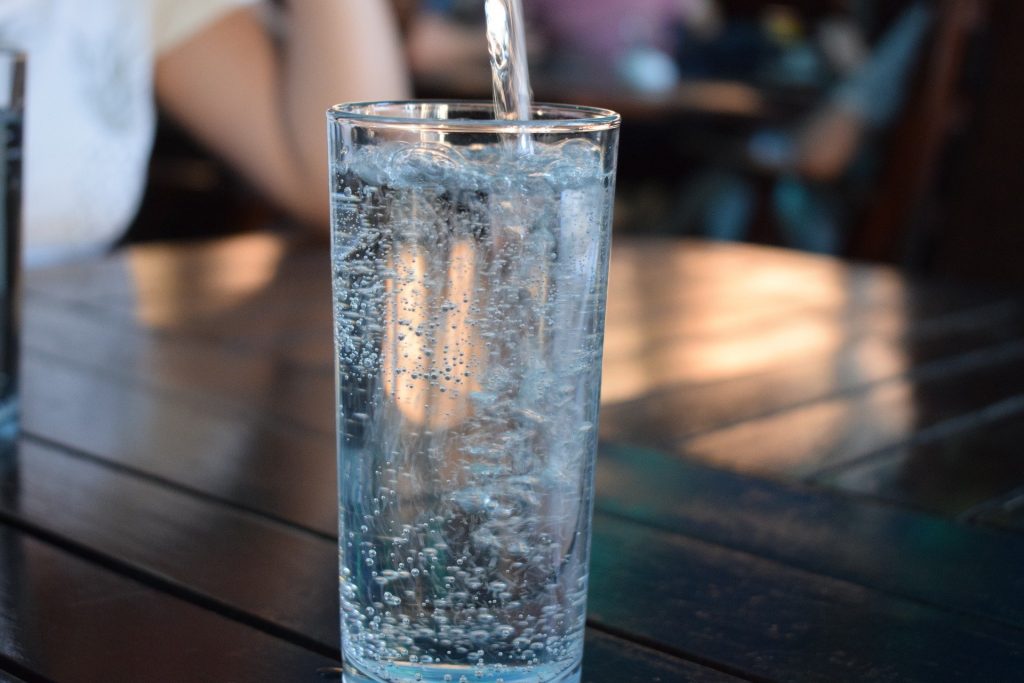
Flint and Benton Harbor have become notorious for their toxic drinking water, but they aren’t the only Michigan communities with bad water. According to the Environmental Working Group (EWG), millions of people throughout Metro Detroit are innocently consuming contaminated tap water with toxins linked to cancer, brain damage, liver disease, reproductive issues, nervous system problems, and more.
EWG is an independent nonprofit that advocates for a chemical-free world; the organization has been a pioneer in clean water, exposing the toxic truth throughout the United States. Through the past two years, 56 new contaminants have been found in drinking water, including PFAS, synthetic chemicals, pesticides, radioactive materials, and water disinfectant byproducts.
A searchable database on the EWG website analyzes water quality for every ZIP code throughout America. The database was compiled from tap water quality reports. EWG is adamant that the U.S. Environmental Protection Agency’s drinking water regulations are out of date, and levels permitted by the agency are dangerous to those who consume them.
Sydney Evans, an EWG science analyst, said, “Most people don’t realize how many contaminants are in their drinking water. That should be concerning to people. Most people think their water is perfectly safe and pure because it’s treated, but that’s not true.”
EWG used current, peer-reviewed research to compile their own drinking water safety standards, and the water supplies servicing the metro Detroit community far surpass the limits. Some of the toxic carcinogens found in drinking water throughout our state include hexavalent chromium, PFAS, radium, nitrate, haloacetic acids, and total trihalomethanes.
EWG president Ken Cook said, “The EPA [Environmental Protection Agency] has become very good at constantly reassuring the public that all is well with the water coming out of their taps. That message is music to the ears of the polluters who’ve fouled source waters and water utilities wary of treatment and infrastructure costs. But it’s just not true – and the EPA’s own scientists know it.”
The Safe Water Drinking Act, set in 1976, put the EPA at the helm of overseeing water quality; however, the federal agency has not set a new tap water standard in almost 20 years, and some standards are over forty decades old. No new contaminants have been added to its regulated list since 2000.
Throughout the 39 communities in Wayne, Oakland, and Macomb counties, ten or more contaminants exceeded EWG guidelines. In numerous communities throughout metro Detroit, three contaminants exceeded EWG limits by more than 100 times.
With outdated regulations, utilities can legally provide unsafe levels of toxic chemicals while assuring the public they are following the law.
Are you concerned about the unsafe levels of toxins in your drinking water? Contact the water purification experts at Reynolds Water conditioning today.
Reynolds Water Conditioning was established in 1931 and is Michigan’s oldest water conditioning treatment company. Still owned and operated by the Reynolds family, we take pride in providing the highest quality products at a cost-effective price. If your tap water lacks the quality you deserve, contact us today at www.reynoldswater.com or call 800-572-9575.
Written by the digital marketing staff at Creative Programs & Systems: www.cpsmi.com.
